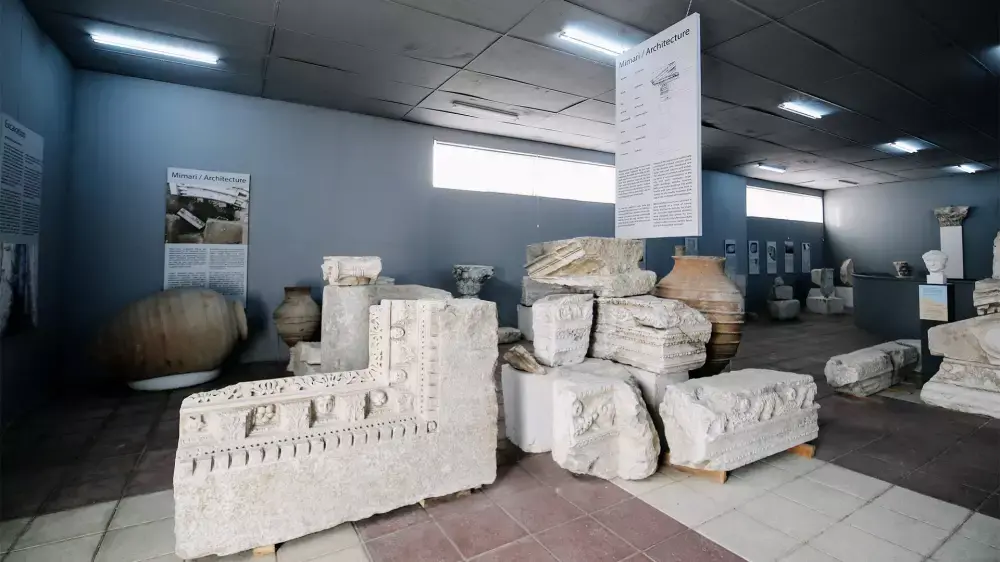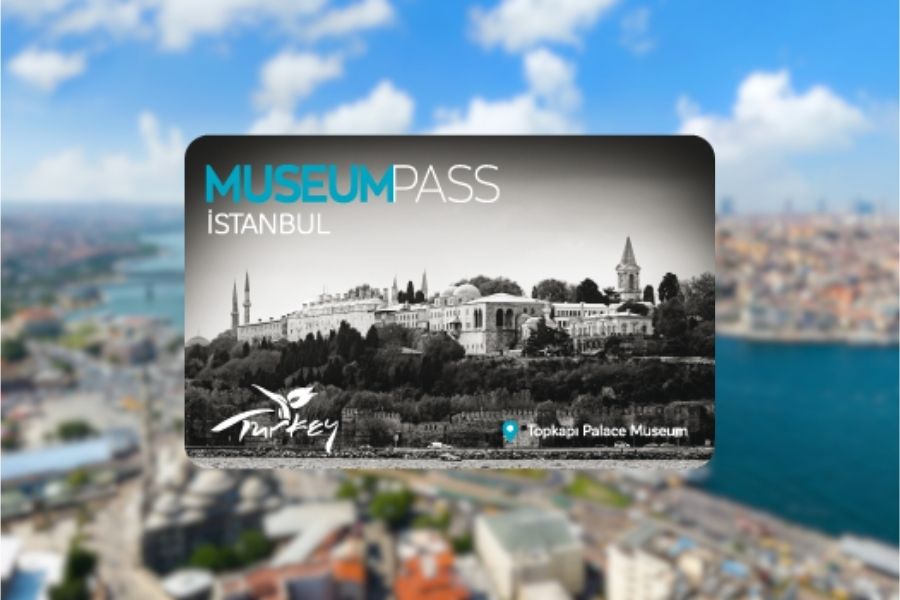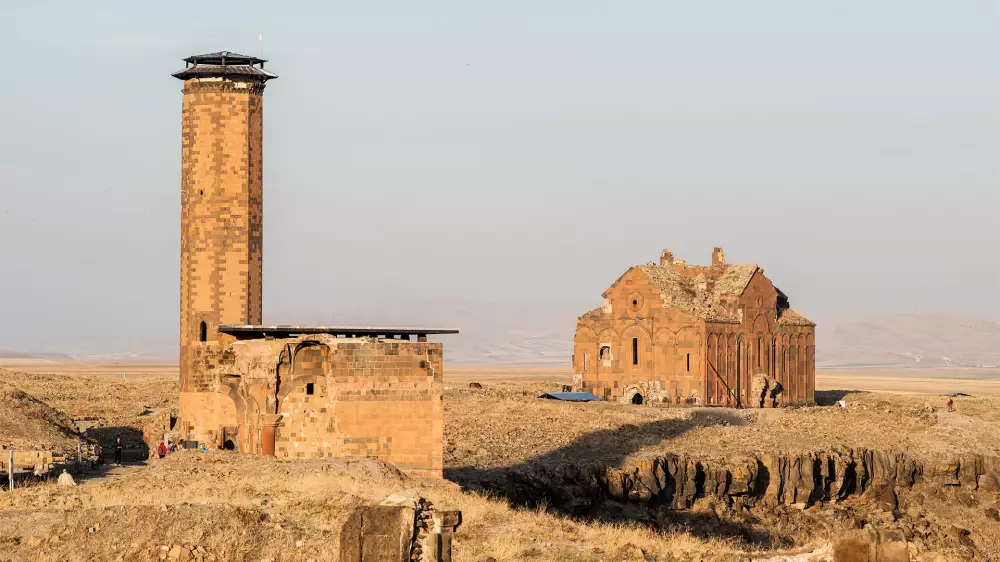
Kastamonu From Past to Present
The Journey Started With The Hittites
The written history starts with the Hittites in Kastamonu. Before the written narrative, during the prehistoric ages, Gasses, the oldest wing of Sumerians and actually Gaska Turks, lived there. We are talking about 2000 to 1300 before the common era. As political unity was essential especially during these years, Gasses cared to stay close with the most powerful countries such as Egypt, Chaldean and Syria, and they had a quite political relation with the Hittites which can be defined as an on and off relation. It is known that Gasses had a quite challenging temperament and were warriors. Their most important remaining artifact is Tumanna city, also known as Timonion. It is estimated that the city's name is made up of the combination of "Gas" and "Timonion" words meaning the country of Gasses. When examined phonetically, this is accepted as the most appropriate theory.
After the disappearance of Hittites, these lands went under the control of Phrygians and then survived in the hands of Persians until the 4th century BC. In the same century, Alexander the Great came to the fore and adjected Kastamonu to his country. A few centuries after the death of Alexander the Great, when it was the 1st century BC, Pontus Empire seized the city. The next owner of these fruitful lands was the Roman Empire. After the Roman Empire, which was divided into two in 395 AD as the Eastern and Western Rome, the Byzantine Empire conquered Kastamonu city.
And it was 1105. The Turks seized Kastamonu for the first time in history during the Danishmends following the conquer by the army commanded by Ahmet Gazi. In 1213, Commander Hüsamettin Çobaney captured the city under the order of Anatolian Seljuks State Sultan Alaeddin Keykubat.
“A City of Saints”
In 1292, Mongols came and seized the city. Then, Kastamonu went under the control of Jandarids. In 1460, when Mehmet the Conqueror suppressed the Jandarids, it became a land of the Ottomans. After this date, Kastamonu was a city where Islam was adopted, and this religion was practised devotedly. Moreover, thanks to numerous saints, alims, and religious people in the city, it was mentioned as "the City of Saints". It is told that this description comes mostly from the Tomb of Pir Şaban-ı Veli, and this place is also referred to as the Dervish Lodge of which "Stones resembles to Mecca and Zamzam Water".
City with The Highest Number of Martyrs
When it is the history of the Republic, it was Kastamonu which had the highest number of martyrs during the Independence War. Cide District has the most significant loss in the city. Kastamonu knew how to defend the homeland at the cost of its life, and it also became the stage and witnessed the most remarkable changes in the history of Republic as it was the city where the Clothing and Hat Reforms were initiated.



